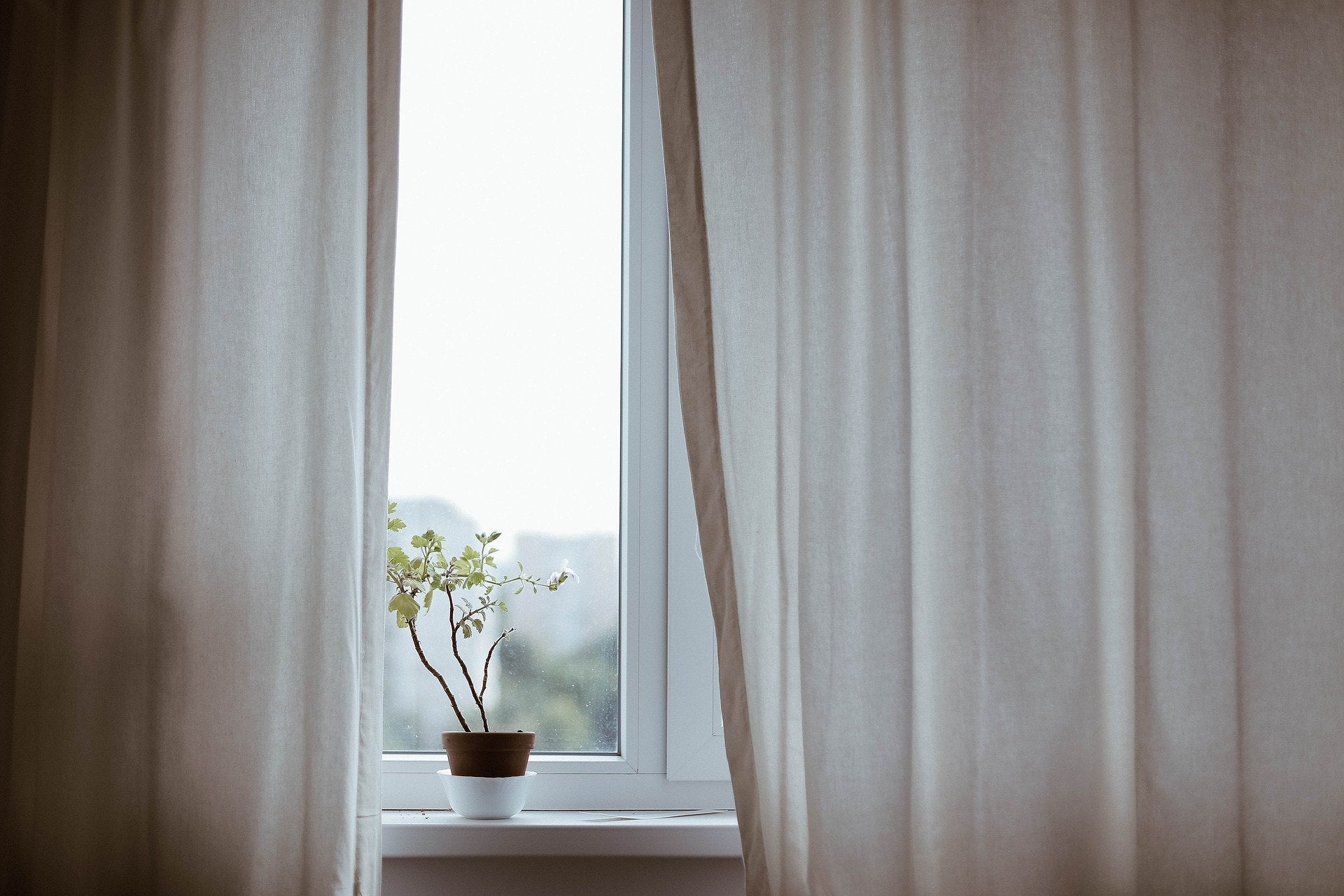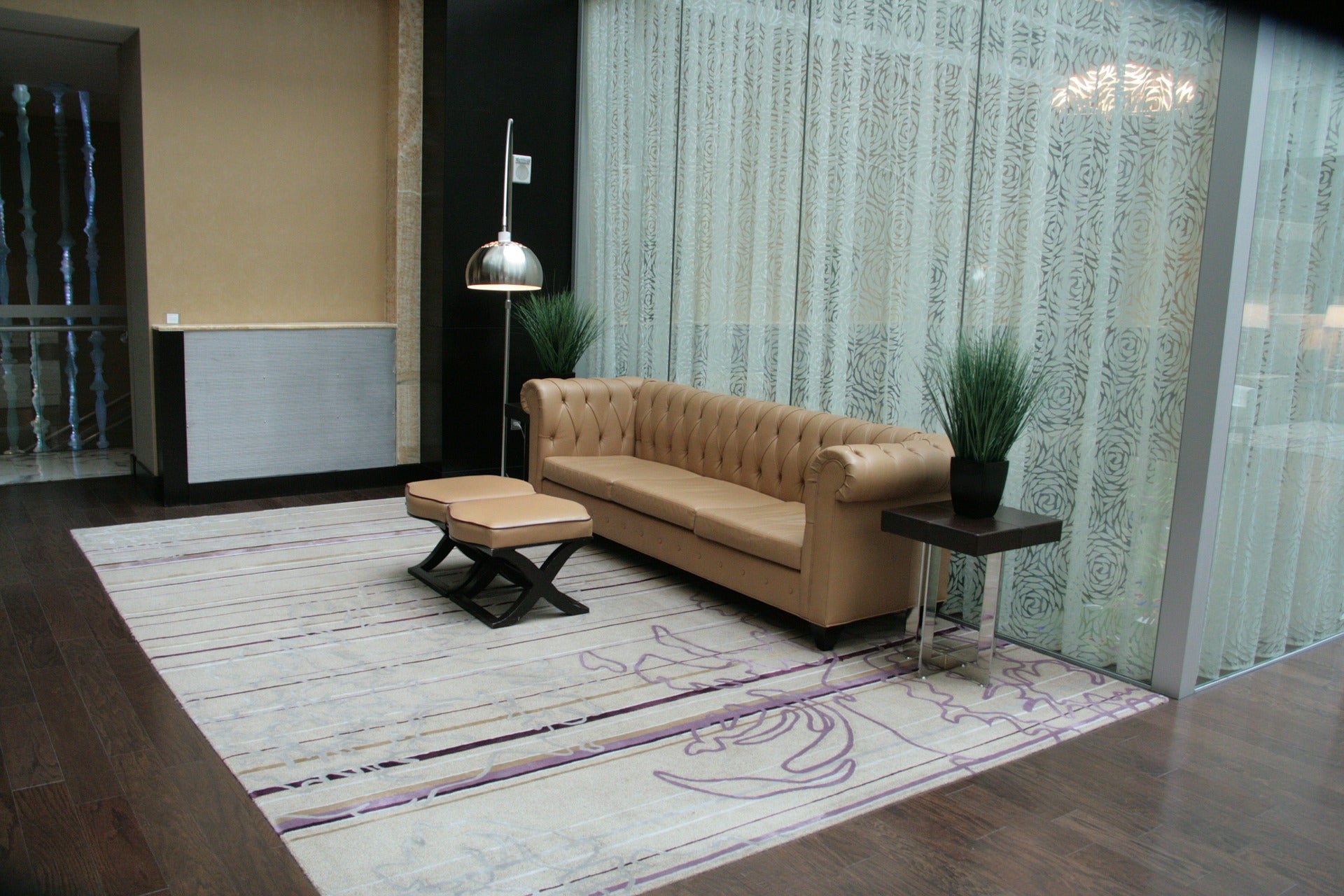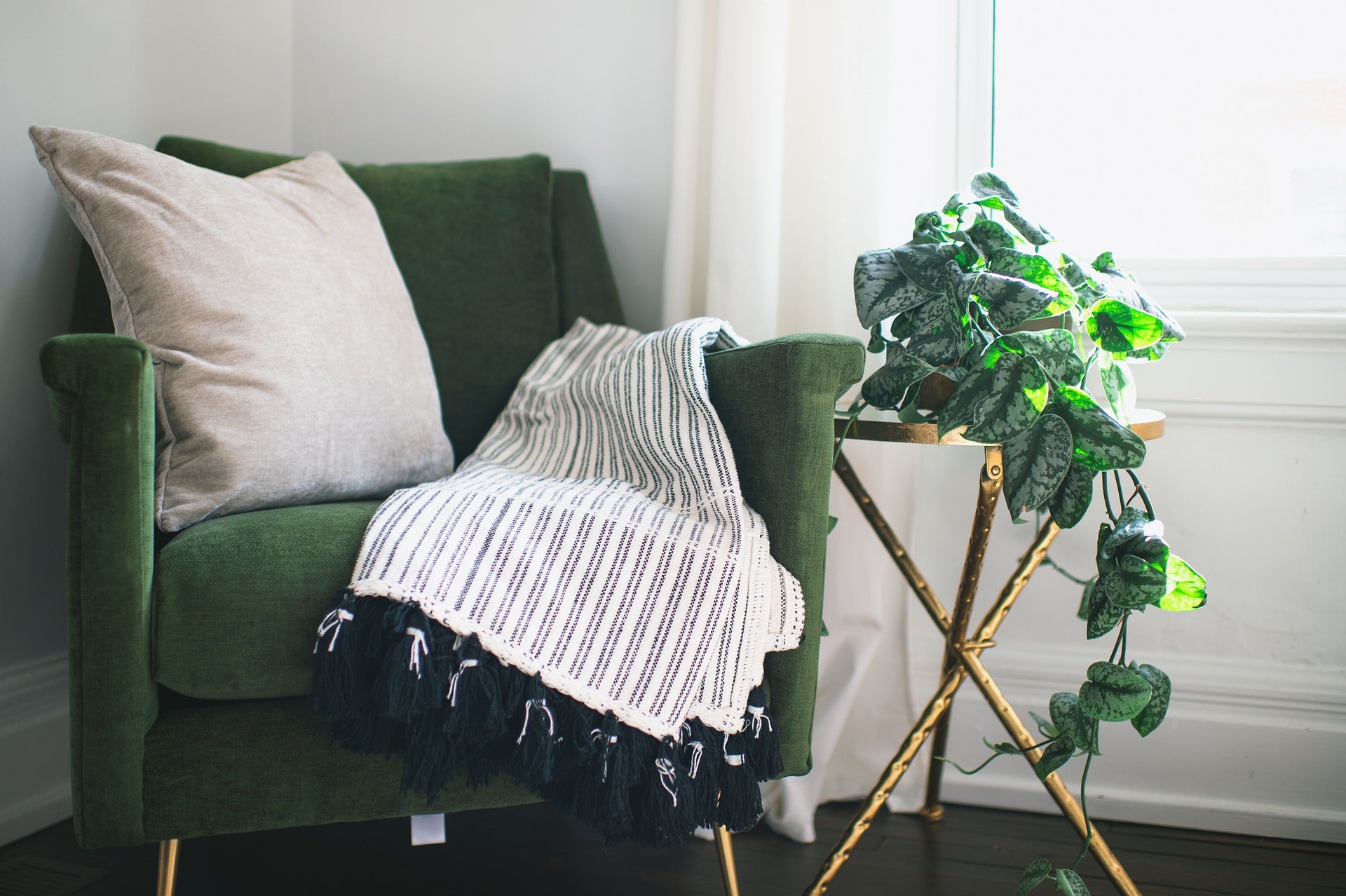
Which Type of Curtains is Best?
Well, designing your home could be a hefty task for the owners. One of the most cumbersome yet enjoyable processes is selecting the curtains. Curtains may be purchased individually or in pairs. They can be placed, stitched, and hung in various ways to get different fullness effects. They truly create the tone and aesthetic of space with their varying depths, materials, forms, patterns, and colors. We prepared a simple dictionary of the best curtains based on your taste and lifestyle to help you navigate the vast world of curtains.
First and foremost, consider the criteria that may be utilized to determine the best curtains for your home or business.
The Color
Heat is reflected by lighter colors, whereas it is absorbed by darker colors. Choosing white or lighter colored curtains and drapes is, therefore, the ideal option throughout the summer. According to the Department of Energy, medium-colored drapes with white-plastic backings are 33 percent more efficient in reducing heat absorption. To help keep the light out, pick a white shade on the sun-facing side and darker on the interior. Pastels are also a great option of color if you want to rapidly brighten up your area because they may make your rooms look somber and tidy. This is the first thing you should think about while changing your dark-colored winter curtains.
The Fabric
Heavier fibers, such as cotton, are ideal for blocking light and heat from entering your house when it comes to fabric. This keeps your space cool and saves you money by reducing the amount of time your air conditioner has to operate. They're lovely for blocking out unwanted noises and creating a quieter household environment. Cotton textiles, which are soft and straightforward to keep, have traditionally been associated with summer. Cotton and linen door curtains are also a good choice. The fabric will be discussed in further detail later in the text.
Number of Layers
In the summer, it's critical that your drapery be not just light-resistant but also heat-resistant. For keeping the room cool, use insulated or thermal curtains with many layers.
Hanging of the Drapes
Even if your curtains are heat resistant, heat can still get through. As a result, be confident that they are correctly hung. The curtains should be hung as near to the window as feasible. The way the curtains fall is also significant, and drapes long and reach the floor are a better choice for keeping heat out from beneath them. For improved heat protection, seal the sides of the curtains with Velcro or magnetic tapes and overlap them in the middle.
Now, your choice of curtains can be influenced a lot by how you want to wash them. So, here are the types of curtains as per the washability:
Delicate Curtains
Curtains made of sensitive fabrics should be washed by hand. This protects the cloth from breaking or shrinking because of machine washing.
If hand washing isn't an option, place them in a pillowcase before tossing them in the wash cycle to avoid any harm.
Lightweight Curtains
A lightweight ready-made curtain may be washed in the washing machine. Still, all hardware, including hooks, must be removed beforehand. Use a light detergent and a cold-water delicate cycle. Wash them separately to avoid color bleeding or overloading the machine. We feature these types of curtains here at SAG Custom Curtains, make sure to check this out.
Heavy Curtains
Heavy curtains should be dry cleaned. The curtain may require particular care that only expert cleaners can provide, depending on the kind of cloth. Furthermore, because heavier materials take longer to dry, dry cleaning is the best option.
Let's take a look at the different header types right now. If you examine the tops of curtains (also known as the headers), you'll discover the pinched and threaded tops are there. To make matters even more complicated, you'll find a wide range of pinching styles... This isn't only for the sake of making things more difficult. In fact, these pinches form several sorts of wrinkles, which define the amount of fullness, shape, and volume.
Tab Top: Like the ones above, these curtains have loops on the top so they can be drawn straight over the rod. A large portion of the rod is visible with tab tops, although the circular pleats are often thinner.
Goblet Style: While the headers mentioned earlier are pinched at the very top of the cloth, the goblet type squeezes a few inches lower.
Pinch Style: This sort of header is pinched at the top to create bigger pleats and a gathered effect extending down the curtains' face. You may hang them with pockets or rings.
Rod Pocket: Choose a rod pocket header if you want the rod to be completely hidden. These curtains often require tie-backs and are a little more complicated while opening and closing due to the concealed insert and how they engulf the rod.
Tie-top: This is when the curtains are tied to the rods at the top with bows or knots. They're perfect for conjuring up a bohemian, romantic, or laid-back vibe.
Grommet: These are the kind of curtains that have holes in the top so that they can be hung straight on the rod, exposing sections of it. Grommet curtains feature more significant, gentler ripples because they weave over and under the rod.
Ripple Fold: This sort of header, which is usually mounted on a track, makes curtains very easy to open and shut, and the delicate flow of the folds gives them a modern yet traditional appeal.
Box Pleat: The box pleat is more formal and traditional, with sharp, crisp, and broad pleats. Because the exact stitching required necessitates accurate dimensions, do your study ahead of time.
So, this was all about the designs and ways you can organize your curtains. One more thing that you can take into account is the opacity of the curtains. There are different ranges of curtains, from custom sheer curtains to custom blackout curtains online which depend upon your preference and the availability of light at your home.


